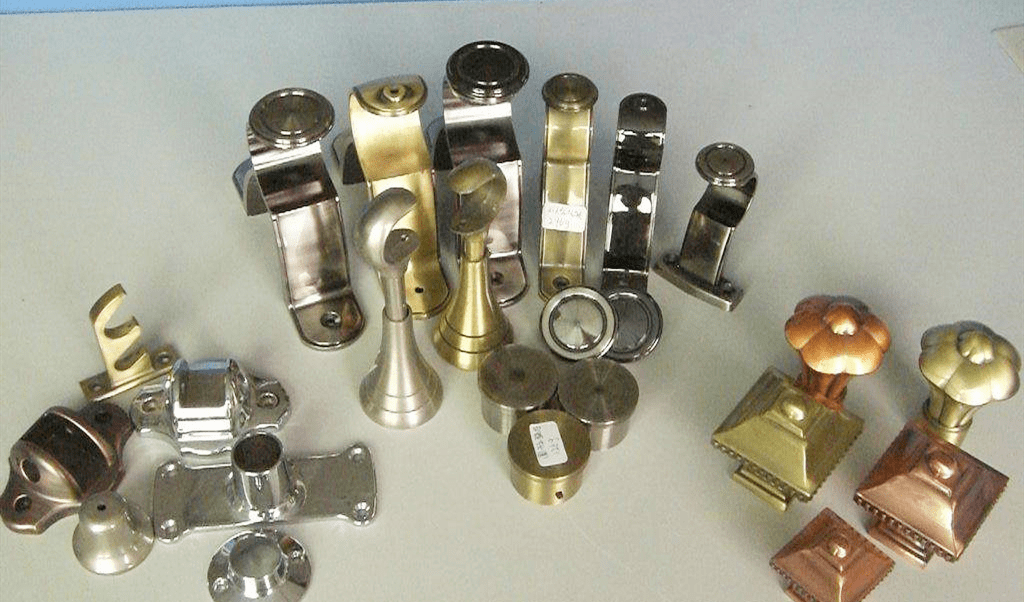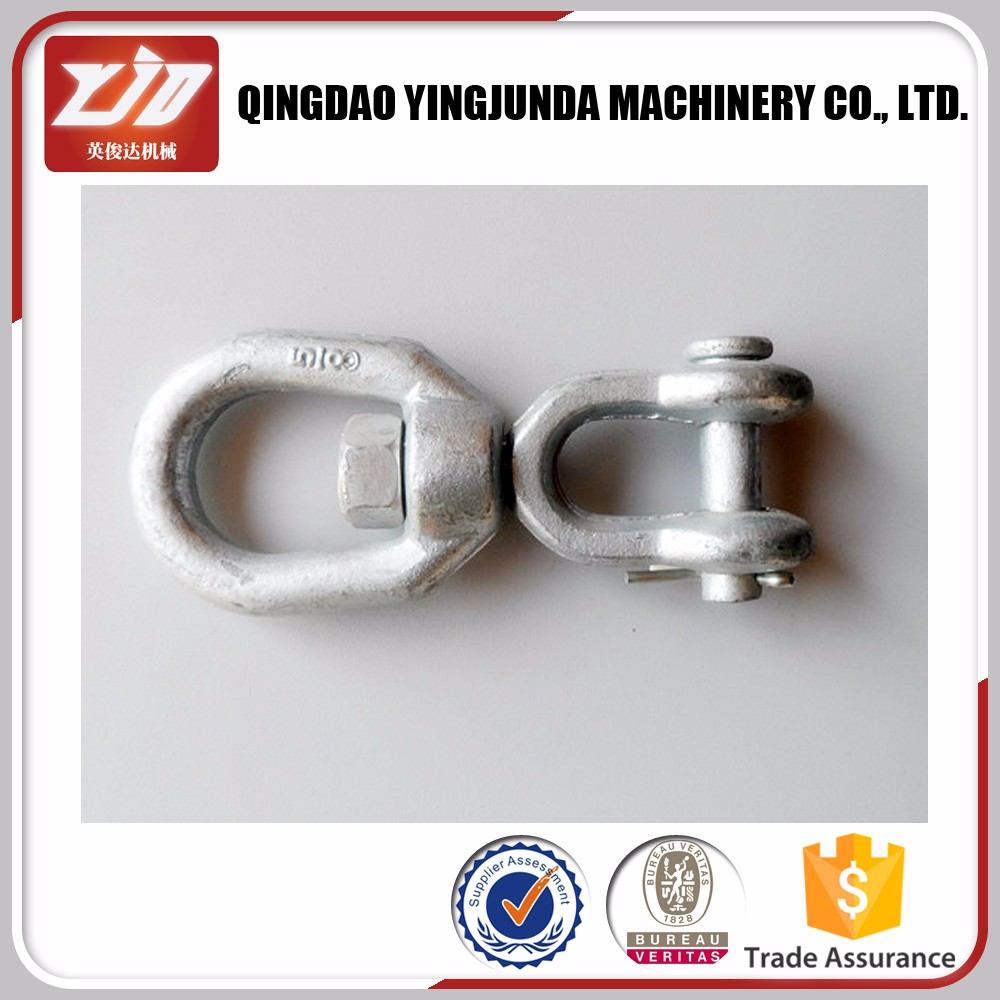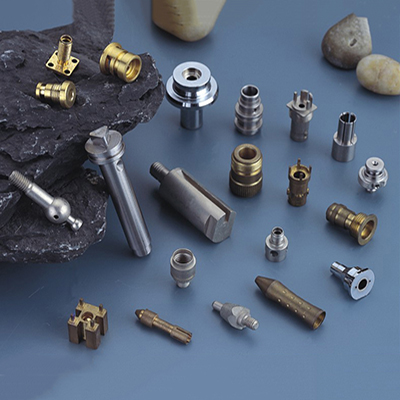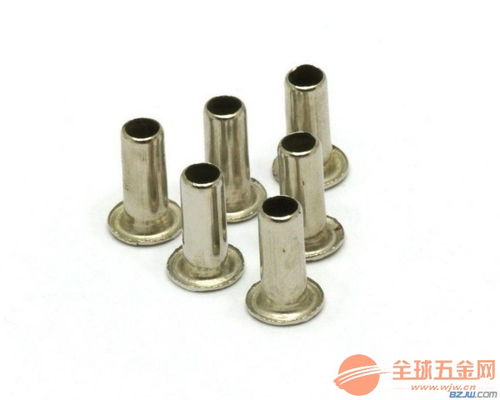Furniture Hardware Accessories: A Comprehensive Guide
This comprehensive guide to furniture hardware accessories provides an overview of the various types and their uses. From knobs and handles to hinges and slides, this guide explains the essential features and benefits of each type. It also covers popular brands and their products, providing a directory for those looking to purchase specific hardware. The guide is intended for both professional cabinet makers and homeowners, offering tips and advice on installation and maintenance. By referencing this guide, users can make informed decisions about the hardware they need for their projects, whether it be a simple cabinet upgrade or a full-scale renovation.
Furniture hardware accessories are essential components of any piece of furniture, providing functionality, stability, and often serving as a decorative element as well. These accessories can include everything from drawer pulls and cabinet handles to bed frames and table legs. They are available in a wide range of materials, finishes, and styles to suit different tastes and designs. In this comprehensive guide, we will explore the various types of furniture hardware accessories, their functions, and how to choose the right ones for your project.
What are Furniture Hardware Accessories?
Furniture hardware accessories are parts that are used to assemble or enhance the functionality of a piece of furniture. They may be made from a range of materials, including metal, plastic, wood, or glass, and are often chosen for their aesthetic appeal as well as their practicality. Some common examples of furniture hardware accessories include:
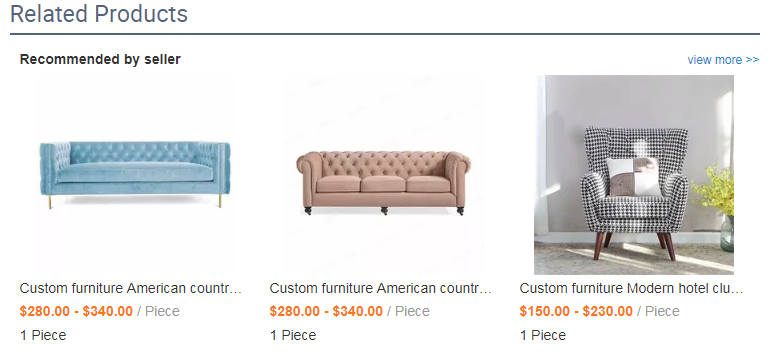
Drawer pulls and cabinet handles: These are used to open and close drawers or cabinets. They can be made from a variety of materials, including metal, wood, or plastic, and come in a wide range of styles to suit different tastes.
Bed frames and headboards: These provide support for the mattress and help to define the style of the bedroom. Bed frames can be made from metal, wood, or plastic, and headboards can be plain or decorated with patterns or images.
Table legs and chairs: These are the supporting structures for tables and chairs. They can be made from metal, wood, or plastic, and come in a variety of shapes and sizes to suit different designs.
Functions of Furniture Hardware Accessories
Furniture hardware accessories serve a number of important functions. Here are some of the main ones:
Functionality: Hardware accessories enable furniture to perform its intended function. For example, drawer pulls and cabinet handles allow us to open and close drawers or cabinets easily; bed frames provide support for the mattress; table legs hold up the table.
Stability: Hardware accessories also help to ensure the stability of furniture. Drawer pulls and cabinet handles help keep drawers and cabinets in place; table legs provide solid support for the table top; chairs have backs and seats that support the body.
Aesthetics: In addition to functionality and stability, hardware accessories also contribute to the aesthetic appeal of furniture. Drawer pulls and cabinet handles come in a wide range of styles; table legs can be designed to match the style of the table top; chairs can have backs and seats that are decorated with patterns or images.
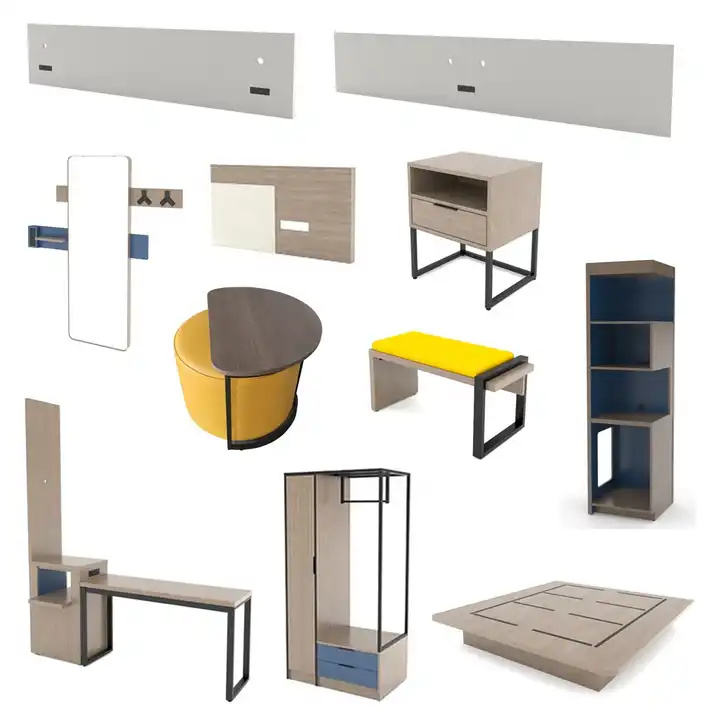
How to Choose Furniture Hardware Accessories
Choosing the right furniture hardware accessories for your project can be a daunting task. Here are some tips to help you make the right choices:
Identify Your Needs: First, identify what type of hardware accessories you need for your project. Do you need drawer pulls and cabinet handles? Bed frames and headboards? Table legs and chairs? Consider what type of furniture you are making or repairing and what its intended function is.
Consider Your Design: Next, consider the design of your furniture piece. What style are you aiming for? Modern or traditional? Simple or ornate? Hardware accessories can contribute significantly to the overall look of your piece, so choose ones that match your design vision.
Choose Quality Materials: When selecting hardware accessories, pay attention to the materials they are made from. Metal hardware is strong and durable but can be prone to rust if not properly cared for; plastic hardware is lightweight but may not be as sturdy as metal; wood hardware is natural looking but can warp if not properly treated. Consider the pros and cons of each material before making a decision.
Think About Usability: Finally, think about how easy the hardware accessories will be to use in daily life. Drawer pulls and cabinet handles should be easy to grasp and operate; table legs should provide solid support without being too bulky or cumbersome; chairs should be comfortable to sit in with good back support if needed. Consider how often you will interact with these pieces in daily life before making a purchase decision.
Articles related to the knowledge points of this article:
Stainless Steel Hardware Fittings: The Ultimate Guide
Title: The Evolution and Importance of Stainless Steel Belts in Hardware Accessories
